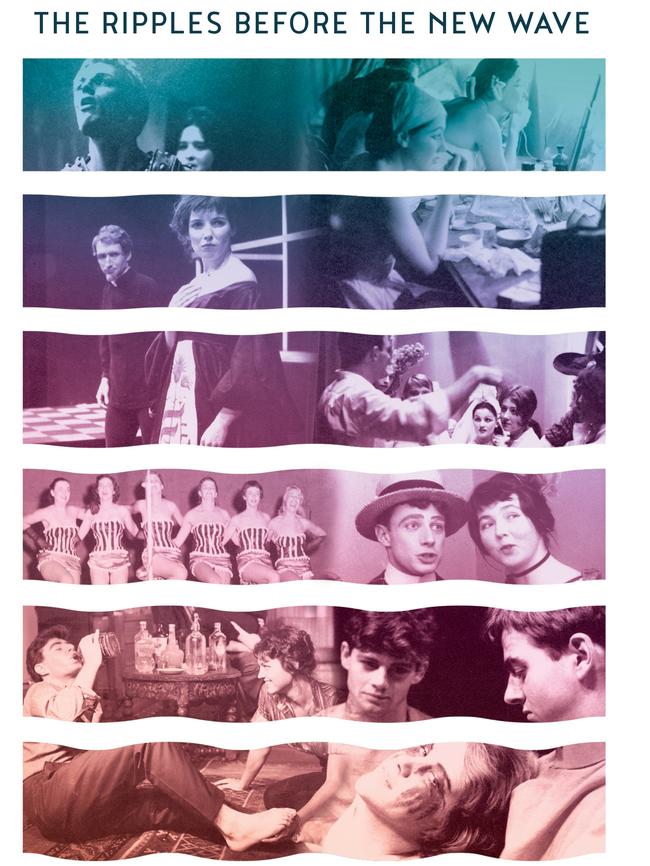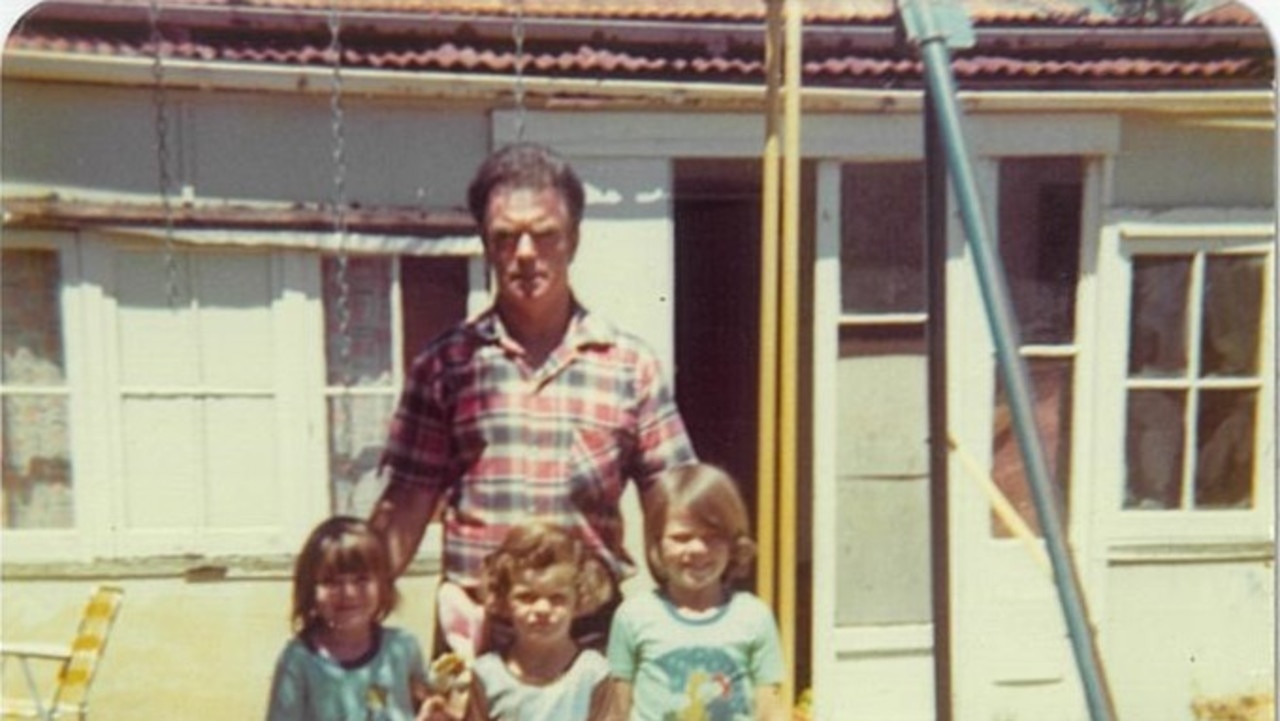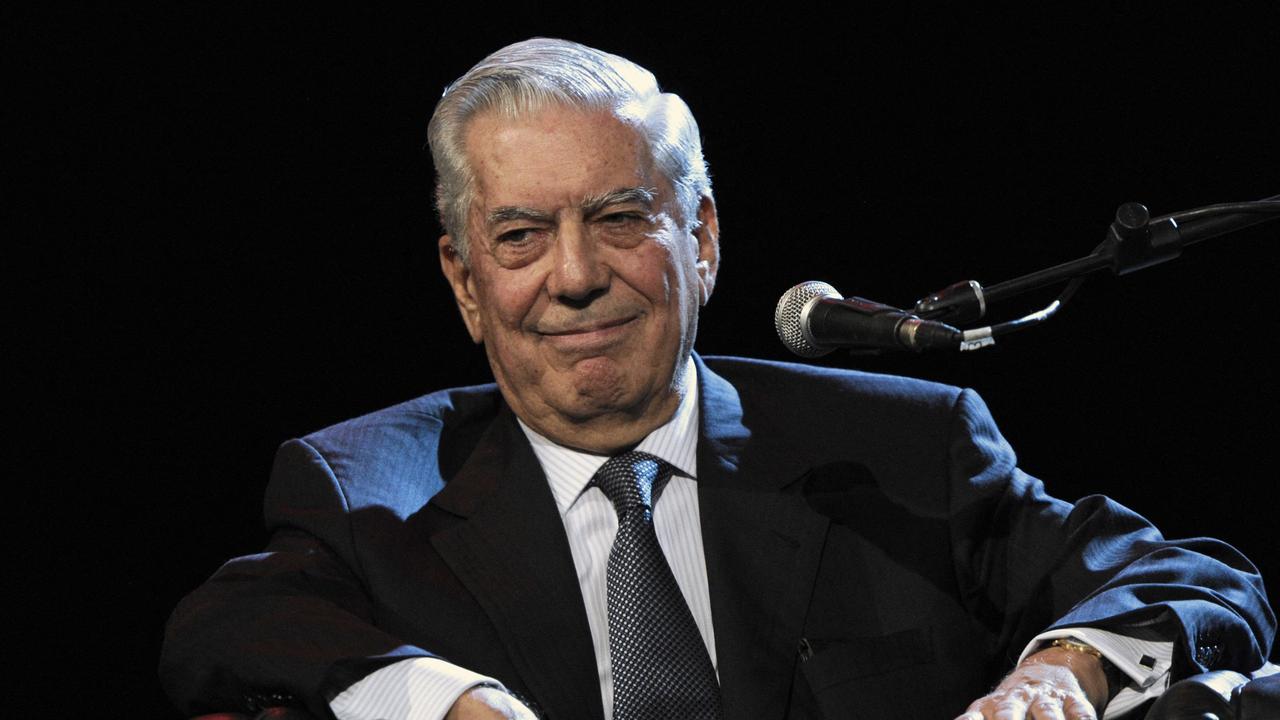Uni students set the stage
The robust nature of modern Australian theatre can be traced back to competing drama societies at Sydney Uni.

Theatre is a difficult art form to write about. Because of its evanescence it’s especially challenging to describe a production for those who haven’t seen it. One can write about a text, but how can one give the flavour of the acting and direction?
Despite all the books written on Elizabethan theatre, the style of the acting and of the productions themselves remain a series of conjectures. Time erases most of the memories of a show. Years later one can recall only brief moments and perhaps still feel its emotional residue. Even reading the most astute reviewers one is struck by how little a reader can truly imagine the production.
So, Robyn Dalton and Laura Ginters, co-authors of a book about drama at the University of Sydney, have set themselves a daunting task in evoking the student productions of the early 1960s for contemporary readers.
The main thrust of their argument is that the New Wave of Australian theatre in the 70s can be traced back to the seminal influence of two student drama societies, the Sydney University Dramatic Society and the rival Sydney University Players, between the late 50s and 1963. It’s a big claim to make, but their argument has considerable merit.
Theatre in Sydney during the 50s was in a moribund state. There were the two commercial companies — JC Williamson, which focused on musicals from overseas, and the Tivoli, which showcased light entertainment — and a couple of small semiprofessional companies that struggled to survive.

Sydney University theatre was a haphazard and truly amateur affair until Englishwoman Pamela Trethowan arrived to take over the languishing SUDS in 1957. She had trained as an actress in London and was extremely experienced in theatre. A polarising figure, she nonetheless reinvigorated university drama. The standards improved to such an extent that the mainstream press reviewed the productions.
The rival group, Sydney Players, headed by Leo Schofield and later Ken Horler, also thrived. The rivalry resulted in a brief period of amazing creativity, producing the Australian premieres of plays by Bertolt Brecht, Samuel Beckett and Harold Pinter, plus exciting versions of classics such as The Country Wife (alas, only one Australian work was produced).
No other theatres in Australia were as adventurous, and this was during a time of cultural and social conservatism when such plays attracted the beady-eyed attention of the state censor and prudes. Their successes were despite an unsympathetic administration, no drama department and, of course, meagre resources.
This creative flourishing couldn’t have happened without special people and The Ripples Before the New Wave lauds one of the most extraordinary generations to come out of an Australian university. The long list includes Clive James, Robert Hughes, Germaine Greer, Richard Wherrett, John Bell and Bruce Beresford. Co-author Dalton also acted in many of the productions and so provides an insider’s insights into the herculean efforts that went into the shows, which also included the popular revues that attracted large outside audiences.
It’s almost impossible to gauge the standards of these productions and how they compared with those of the other theatres. It seems that energy and enthusiasm carried shows when many of the performers, especially in dramatic roles, had voices that didn’t carry beyond the first row of the stalls, and even if the audiences heard them, they were unmodulated and thin. Reviews often commented on the uneven quality of the acting. What does come through is how several untrained actors such as Bell, John Gaden and Arthur Dignam were the nucleus of many of the best productions.
And, of course, there is the perennial problem of student productions: the age of the performers. Greer was fabulous in the revues but her performance in the title role of Brecht’s Mother Courage was regarded as a failure. Quite simply it was because here was a teenager preparing to throw herself into life playing a much older woman struggling to survive the horrors of what life had thrown back at her.
The authors spend much space on each significant production and revue. Unfortunately, after a time the dutiful lists of actors, the reviews and bland descriptions become repetitive. One gains only a vague sense of the quality, spirit and sensibility of the shows. At one point even the authors have to throw up their arms and say, “You had to be there.”
What’s fascinating is how stunned fellow performers were when Bell, acting in only his second play, in the role of Malvolio in Twelfth Night, seemed a class above everyone else. Sixty years on, his commanding presence is still undimmed but at the time, and maybe for years afterwards, Bell worried he wasn’t liked, as were Gaden and Dignam — but, as a friend told him, “You can act, the audience doesn’t have to like you. Who liked Olivier?”
A decade later the trio of Horler, Bell and Wherrett founded the wonderful Nimrod Theatre. The authors are right in saying the genesis of this was the trio’s time in student drama. The reason this theatre efflorescence was so short was this unique generation was soon off into the outside world to dazzle a wider audience with their gifts. After finishing the book, one is left with a feeling of awe at the amazing convergence of so much talent, and how it found its youthful voice in the ephemeral magic of theatre.
Louis Nowra is a playwright who has worked with John Bell, John Gaden and Arthur Dignam.
The Ripples Before the New Wave: Drama at the University of Sydney 1957-63
By Robyn Dalton and Laura Ginters. Currency Press, 274pp, $39.99



To join the conversation, please log in. Don't have an account? Register
Join the conversation, you are commenting as Logout